Kelp Climate Fund: A Farmer-Forward Approach to Blue Carbon
Kelp farmers hear a lot of buzz around the promise of blue carbon. “If I had a nickel for every time someone pitched me a blue carbon plan for kelp, ocean farmers would be drowning in money,” says Bren Smith, GreenWave’s Co-Founder.
The problem, according to Bren, is that blue carbon policy, science, and offset markets are not moving at the pace of the climate crisis.
“If the goal is to incentivize farmers to plant more kelp to mitigate climate change, then we can’t wait another ten years for carbon markets to get their act together,” says Bren. “Yes, we need more science. Yes, we need policy frameworks and a price on carbon, but the oceans are dying in front of our eyes. We need to get more kelp in the water right now and get ocean farmers paid for the environmental benefits of their work.”
GreenWave’s response was to launch the Kelp Climate Fund in 2021 to provide ocean farmers direct payments for the bundle of climate impacts that growing kelp provides - specifically, carbon and nitrogen removal and reef restoration. This subsidy program pays farmers $1 per linear foot of seed planted for the critical climate benefits they produce.
During the 2021-2022 farm season, the Kelp Climate Fund pilot included nine small- and medium-sized farms from around the United States and paid farmers more than $80,000 in subsidies. “At GreenWave we often talk about helping farmers collectively chart the direction of this new industry and really have a say in how it develops. The first step in that process is to build solidarity among the community of practice – the folks who are actually out there doing this work,” says GreenWave Director of Training & Support Lindsay Olsen. “The Kelp Climate Fund is validation for farmers that their work matters, that we support it, and that they’re not alone in this journey.”
Throughout the season, participating farmers provide key crop monitoring data on outplanting conditions, growth rates, and harvest. GreenWave aggregates this data to track climate and reef restoration impact across North America. “We aim to inspire and create a culture of data collection among seaweed farmers in order to help quantify the environmental benefits produced by the industry,” says Bren. By quantifying the total number of acres planted, carbon and nitrogen removed, and harvest volume, GreenWave can build public awareness of the widespread benefits of kelp farming and garner support for the industry.
Equally as important, this culture of data will help farmers optimize farm management and marketing, as well as benefit from future ecosystem service markets. This year GreenWave released the My Kelp app to simplify the data collection process out on the water. Featuring user-friendly guided sampling protocols, farmers use the My Kelp app to input data points and track their crop growth and environmental impact. The app records information in a farm log that growers can use to make year-over-year comparisons to make informed decisions and improve farming techniques for future seasons and communicate harvest quality to potential buyers, as well as local communities.
GreenWave expanded the program for the 2022-2023 farming season, increasing the fund to $310,000 and opening the application process to all seaweed farmers in North America growing more than 1,000 feet of kelp seed. “We jumped from nine participants to 39 farms across the country,” says Lindsay. Cumulatively, 517,260 feet of seedstring is expected to be outplanted this season.
GreenWave intends to grow the Kelp Climate Fund over the next five years until the pool reaches $1 million in annual seed subsidies to support 250 farmers planting 1 million feet of kelp seed. At that scale, the fund would support a minimum potential removal of 200,000 pounds (100 tons) of carbon and 16,000 pounds (8 tons) of nitrogen annually.
GreenWave is excited to expand farmer-forward strategies like the Kelp Climate Fund program and My Kelp app to support farmers as they take the lead in harnessing the ocean’s power to address climate change.



